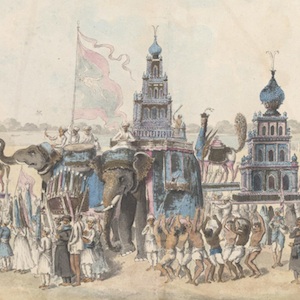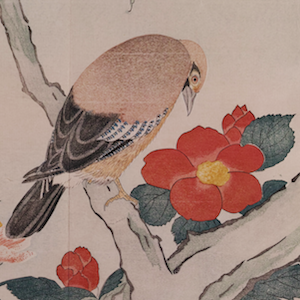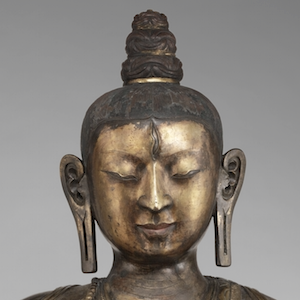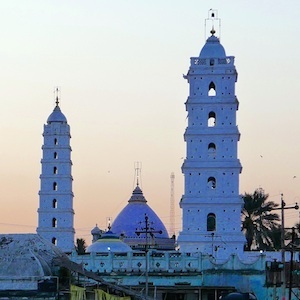Holly Shaffer Ta‘ziyas are ephemeral shrines made of bright paper and bamboo that South Asian artisans have been constructing from at least the eighteenth century (Fig. 1). They are modeled on monumental tombs built for Shi‘i Muslims who had died centuries before and thousands of miles away in distant West…
An Architecture of Ephemerality between South and West Asia




